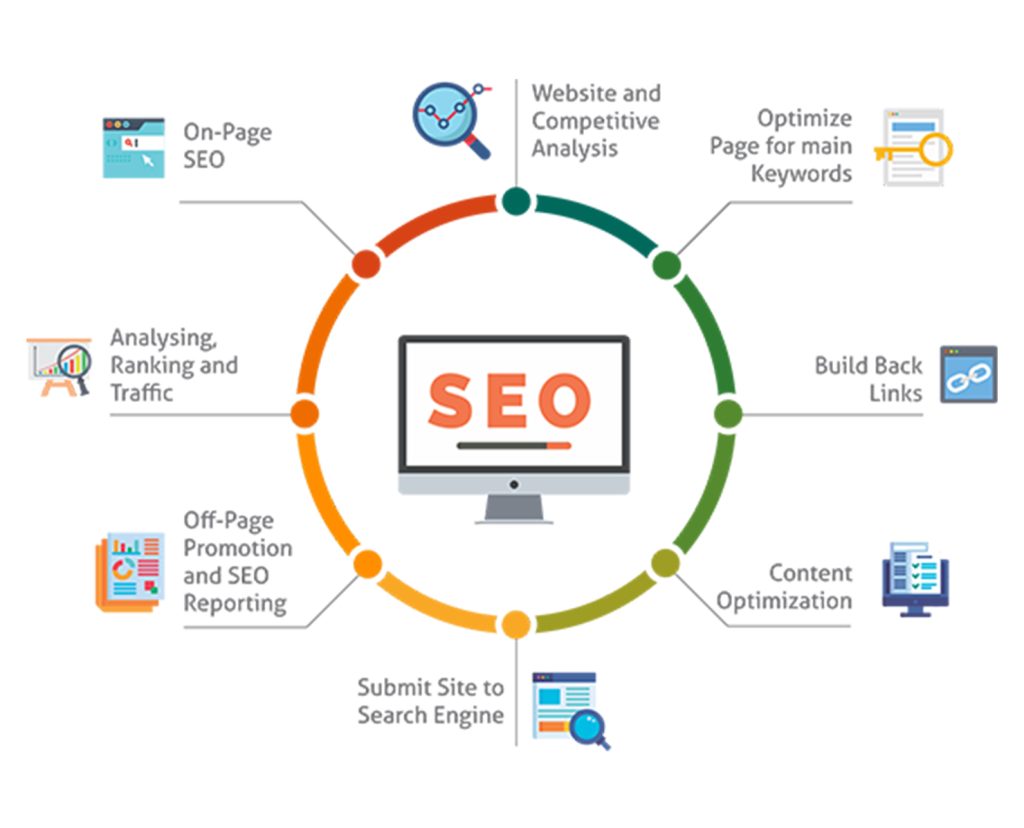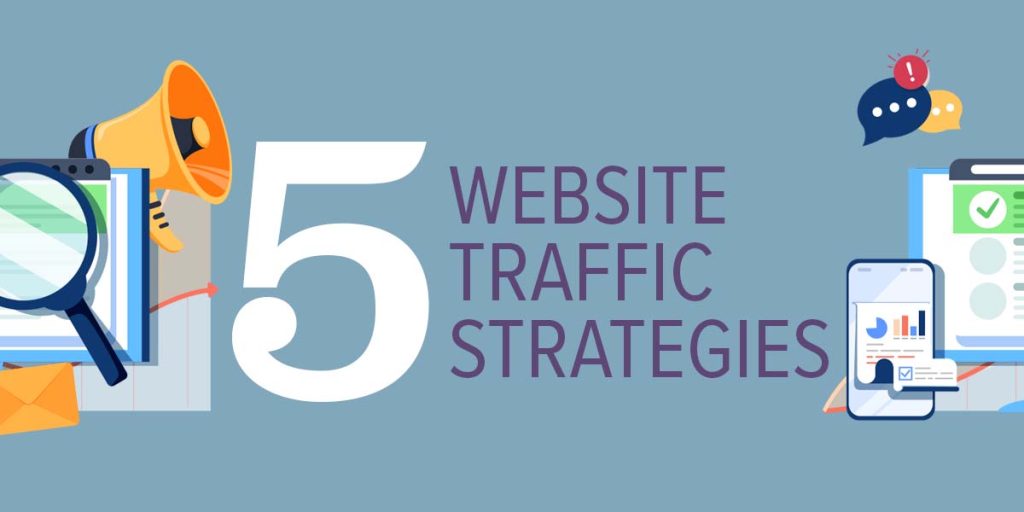Best Paid Advertising Strategies to Drive Traffic: In-Depth Details In today’s digital age, businesses compete to attract attention and drive traffic to their websites, making paid advertising one of the most effective tools for boosting engagement and sales. To achieve the best results, it requires a deep understanding of each advertising platform and its strategies. Let’s dive into more detailed insights on these methods and how to implement them successfully. **Google Ads** Google Ads allows businesses to appear in paid search results (PPC) by targeting users based on search intent. This ensures that your ads are shown to people actively searching for specific products or services. **Additional Details** Text Ads:** Based on keywords and appear at the top or bottom of search results – **Display Ads:** Shown across Google’s display network on various websites, offering a mix of images and videos – **Remarketing Ads:** Re-engage users who previously visited your website but didn’t complete a purchase – **Bidding Strategies:** Options include CPC (Cost Per Click) or CPM (Cost Per Thousand Impressions) depending on your goals – **Performance Optimization:** Continuously refining keywords and ad text based on performance data helps to improve results **Facebook & Instagram Ads** With over a billion active monthly users, Facebook and Instagram provide extensive opportunities to reach a wide audience. The detailed targeting these platforms offer allows businesses to direct ads based on demographics, behaviors, and interests **Additional Details** – **Image and Video Ads:** Eye-catching visuals or engaging videos quickly capture user attention – **Story Ads:** Full-screen immersive ads shown between user stories, creating a seamless and captivating experience – **Carousel Ads:** Allow showcasing multiple images or products in a single ad, providing users with more options – **Custom Targeting:** Reach audiences based on their activity on your website, like page visitors or abandoned carts – **Continuous Optimization:** Analyze user behavior and adjust strategies to ensure the highest engagement **YouTube Ads** YouTube, the second-largest search engine globally, offers a massive opportunity to reach audiences through visual ads **Pre-Roll Ads:** Ads that appear before a video and can be skipped after 5 seconds – **Non-Skippable Ads:** Videos users must watch in full, typically lasting between 15-30 seconds – **YouTube Search Ads:** Appear in search results or next to videos – **Precise Targeting:** Options include age, gender, interests, and specific video categories **Analytics Usage:** Monitor view time and click-through rates to assess ad effectiveness and adjust content accordingly **Twitter Ads** Though Twitter may not be as widely popular as Facebook or Instagram, it provides a unique platform for reaching audiences interested in real-time news or ongoing conversations **Additional Details** **Promoted Tweets:** Shown as part of the regular feed and reach a broader audience **Promoted Trends:** Appear at the top of trending topics, offering quick exposure to a large audience **Keyword Targeting:** Tailor ads based on specific keywords people are tweeting, increasing relevance **TikTok Ads** TikTok is a relatively new platform but has rapidly grown with an active user base, especially among younger audiences, making it an attractive option for advertisers **Additional Details** **Short-Form Video Ads:** TikTok thrives on short, fun, and engaging videos created by users – **In-Feed Ads:** Shown within users’ feeds and allow interaction, similar to regular TikTok videos. – **Hashtag Challenges:** Sponsored challenges encourage user participation and can lead to massive engagement. – **Branded Effects:** Create custom filters or effects for users to integrate into their videos, promoting brand interaction organically. **LinkedIn Ads** LinkedIn targets professionals and businesses, making it the ideal platform for B2B marketing. **Additional Details** – **Sponsored Content:** Appears in users’ feeds and promotes articles, webinars, or presentations. – **Sponsored InMail:** Promotional messages sent directly to users’ LinkedIn inboxes. – **Advanced Targeting:** Tailor ads based on job titles, industries, companies, or geographic location. . **Paid Email Advertising** Despite technological advancements, email remains one of the most effective ways to reach targeted customers directly **Additional Details** **Custom Email Lists:** Use targeted email lists to ensure you’re reaching an audience genuinely interested in your services or products **Automation:** Platforms like MailChimp and HubSpot allow for automated email campaigns triggered by user behavior or interaction – **Detailed Analytics:** Monitoring open rates, clicks, and bounce rates helps continuously improve email campaign performance General Tips for Improving Paid Advertising Performance **Continuous Testing (A/B Testing):** Experiment with multiple ad versions to determine which performs best **Precise Targeting:** Analyze audience data and customize ads based on demographics, location, interests, and behaviors **Ongoing Analysis:** Use tools like Google Analytics and Facebook Insights to track performance and refine advertising strategies **Remarketing:** Re-engage users who have interacted with your site but haven’t completed a conversion, using remarketing strategies to boost results Conclusion Paid online advertising represents a significant investment for any business looking to increase traffic and sales. By selecting the right platform and carefully planning paid advertising campaigns, companies can achieve impressive results

